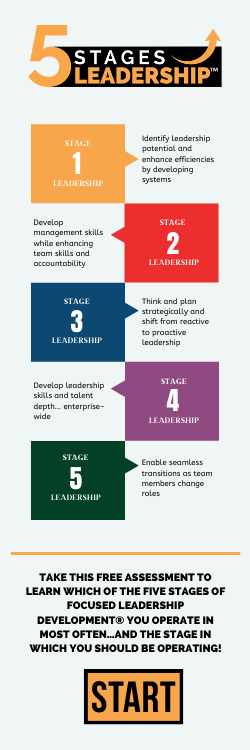I had an interesting conversation the other day with a client. We were discussing her company’s strategic plan and the next step: the succession plan. I was outlining for her the basic steps to identifying the responsibilities of key positions when she asked a great question:
“Just what is a ‘key’ position?”
Her question honestly stunned me for a moment because of its simplicity and its importance. If we, as business owners, do not know which positions in our company are key, how can we ensure we have those positions properly staffed, trained, and supported now and into the future? If we do not have our key positions solidly staffed and operating effectively, what might we anticipate about the rest of the positions in our company?
From the perspective of most consultants and businesses, key positions are typically those positions that sit in the C-Suite: Chief Executive Officer (CEO), Chief Operating Officer (COO), Chief Financial Officer (CFO), Chief Information Officer (CIO), and chief of anything else, as well as other members of the executive and senior management teams. From my perspective, a key position is any position within an organization that has no double. Basically, any position within your company that you only have one person filling the slot. This could be your CEO, your Director of Sales, your Office Manager, your Maintenance Supervisor, or your Mechanic Level 3.
 My definition of key positions obviously creates more key positions, but for any organization to do effective organizational and employee planning, you need to take into account all of those situations where one person currently holds all the knowledge of his or her position. If he or she leaves your company, you do not want your organization held hostage because no one else knows how to do that job—be it the CEO’s or the Maintenance Supervisor’s.
My definition of key positions obviously creates more key positions, but for any organization to do effective organizational and employee planning, you need to take into account all of those situations where one person currently holds all the knowledge of his or her position. If he or she leaves your company, you do not want your organization held hostage because no one else knows how to do that job—be it the CEO’s or the Maintenance Supervisor’s.
It is crucial that all key positions be reviewed to ensure employees (in these positions) are:
- Documenting critical procedures (i.e., not limited to procedures that only this position handles or knows how to do).
- Identifying and training a handful of other employees on the critical procedures to ensure others know how to do or at least know how to access the information to do these critical procedures.
- Identifying and developing others who could step up or step into their position when promotions occur or if needed for an unanticipated reason.
Key is not a label exclusive to the folks working in the fancy offices.
So, who exactly is key to your company?
That’s easy—a key person is anyone who holds the (one of a kind)(one and only) key to running any area of your business.
Copyright MMVI – Liz Weber, CMC, CSP – Weber Business Services, LLC – www.WBSLLC.com +1.717.597.8890
Liz supports clients with strategic and succession planning, as well as leadership training and executive coaching. Learn more about Liz on LinkedIn!

























